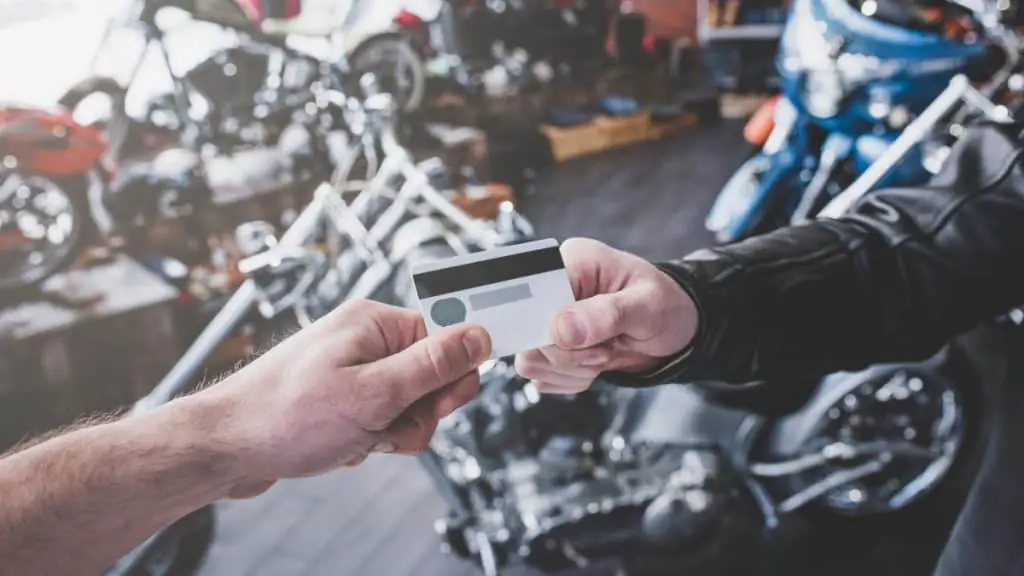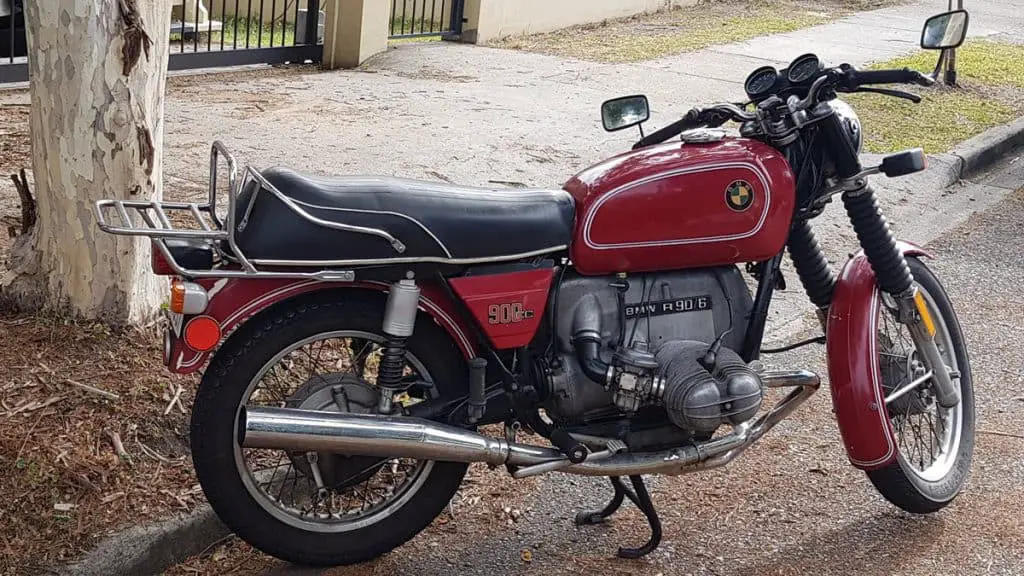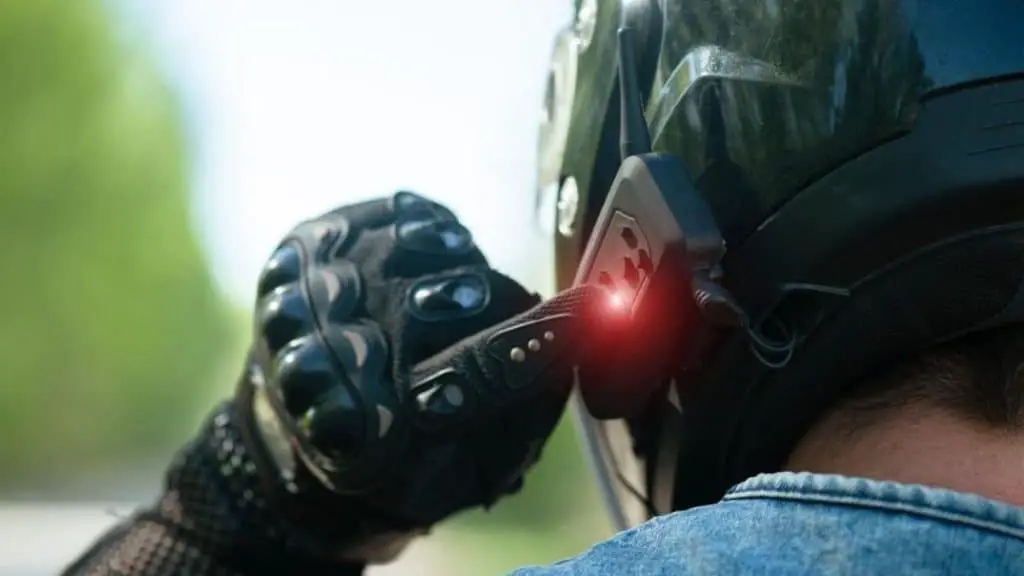Why Does My Motorcycle Battery Keep Dying: 5 Things Easy to Overlook
There have been times when I have raised my motorcycle from its winter sleep, only to find that the battery has lost its charge.
Then the universe granted my wish and delivered me a smart battery charger.
However, if your motorcycle’s battery is draining out frequently, there are other issues that you need to rectify. Nothing is more frustrating than a motorcycle battery draining out (while riding or not), leaving you with a dead machine.
So, let’s dig deeper and find out more about the issue.
Why Is My Motorcycle Battery Not Holding a Charge?
To you, your bike’s battery might be another nuisance that seeks your attention. But to your bike, batteries are as integral as the cape is to Superman. From starting the engine to powering the electronics, stereos, and lights, they provide the power for a lot of tasks.
Well, to be technically correct, the battery is not the sole power source. But more on that later.
Since the battery is a silent worker and remains out of sight, it often gets overlooked – till the day the motorcycle fails to start.
Most top-rated motorcycle batteries are designed to serve and protect with excellent stability. They are relatively maintenance-free too. So, unless there are some hidden reasons that have turned your motorcycle into an energy vampire, the battery should not die on you.
Here are the main reasons behind frequent motorcycle battery drain.
1. A Faulty Alternator or Rectifier
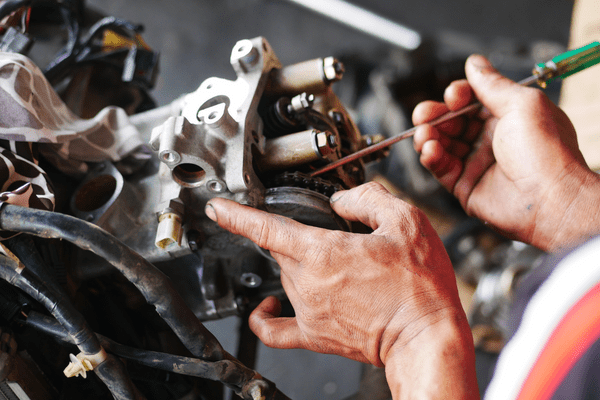
If the stator in the alternator is faulty, the motorcycle does not generate an AC current. That makes the battery the sole source of power causing it to drain out quickly.
But how? Isn’t the battery the main power source of the motorcycle?
Not really…
Basically, the electrical system in a motorcycle consists of an alternator, rectifier, and battery, all connected together by the wiring.
It is the alternator that generates the AC current to run the bike. The rectifier converts the current into DC for storage in the battery. It also prevents overcharging. Finally, the battery stores the charge and delivers excess current if needed.
In reality, the alternator is the primary power supplier in a motorcycle. The battery starts the bike and then acts as a reserve power supplier. This is needed when the accessories are drawing more current than the alternator can generate. Usually, that happens in scenarios when you are stuck in traffic and the RPM is low.
Other than that, the rectifier or regulator can also malfunction. This will prevent a power supply to the battery for storage.
In general, if you can’t start the motorcycle by cranking but it can be jump-started, the chances are that you have a lousy alternator. You can use a multimeter to check both the alternator and the rectifier. If you are not comfortable working with electrical circuits, take the help of a pro.
2. Issues With Ground Wires
Bad grounding is one of the most common causes behind battery failure and issues with starting the motorcycle. I have seen paint jobs and modifications done on motorcycles affecting the grounding and causing a bad connection.
It’s best that you go through the service manual to learn about all the ground wires in the motorcycle. Then you can use a multimeter or a test light to check if the grounding in the motorcycle is sufficient.
3. A Short Circuit
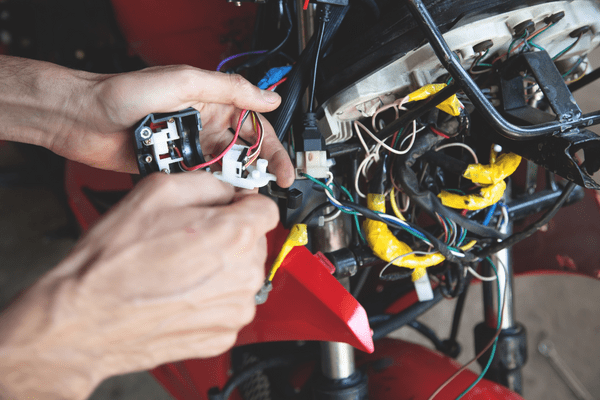
A short circuit in the electrical system can not only drain the battery, but can also lead to serious issues like a fire.
This may happen when the cables get damaged or pinched together. Always keep the cables clear of sharp edges. Make sure that the wiring is done right while installing aftermarket accessories.
Some bikes like the big v-twins are more prone to vibrations. This can pinch the cable between the set and the frame, or the fuel tank and the frame. It is also important to keep the cables away from hot surfaces like exhaust pipes.
One important step is to check the main fuse of the motorcycle. If you have a blown fuse, replacing it might fix the problem.
Admittedly, understanding modern motorcycle wiring systems can be more complex than the theories of time dilation. So, if you suspect a short, it’s best to visit an experienced mechanic to fix the issue.
4. A Weak or Bad Battery
I know that I said you can depend on your batteries. Generally, with a bit of luck, good batteries can last for more than 4 years. But excess heat and vibration can damage the battery components at a faster rate. As a result, the motorcycle battery drains even when it’s off.
To be on the safe side, it’s best to check out the battery’s health – especially if it’s more than a year old. Quite simply, a bad battery needs to be replaced.
First, physically inspect the battery to make sure that it is not cracked or bulging. Additionally, check for signs of leakage or discoloration. Also, check the connections and terminals to make sure that they are not corroded and are properly secured.
Next, it’s time to use a multimeter to check the battery voltage. Remember, the black lead of the meter connects with the negative battery post and the red with the positive.
For a 12-volt battery, if the reading is between 12.05 to 12.60, the battery is depleted and you need to charge it. The lower the reading goes below 12 volts, the higher the chance that the battery is toast. You can try charging it up, but that may or may not work.
5. Parasitic Draw
Some accessories can keep drawing a considerable amount of current even when the motorcycle has been switched off. While some systems like a GPS can keep drawing current constantly, excessive parasitic battery drain can be a reason behind why your motorcycle battery died while riding.
If you have installed multiple aftermarket modifications like LED lights, charging ports, heated grips, and gear-position indicators, they can draw excess juice from the battery. You can check the battery with a multimeter to find out if there is any parasitic drain.
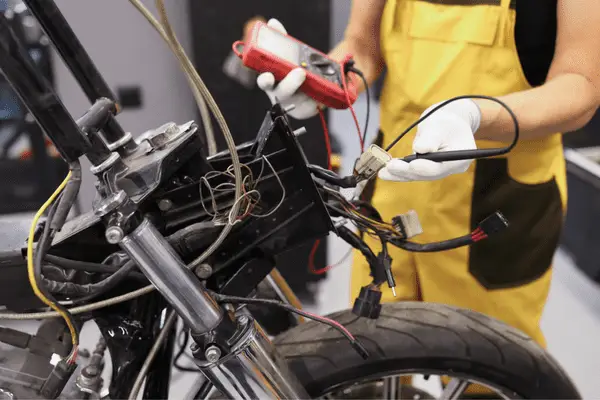
In addition, a faulty diode in the alternator can cause a parasitic drain by itself. If a parasitic drain is coupled with a malfunctioning alternator, the effects on the battery can be even worse.
Note, the effect can be the same if you have added too many accessories that the alternator can’t handle. Some motorcycles have limited extra juice to run multiple accessories. That will drain the battery at a fast rate. In that case, you might need to invest in a more powerful alternator.
Final Thoughts
Well, nothing lasts forever-not even the best batteries. But if you are maintaining the battery and electrical circuits in the right way, frequent motorcycle battery drain should not be an issue.
Checking the above points should reveal the cause behind frequent battery drainage in most scenarios. If not, visit a technician to diagnose the problem.
Frequently Asked Questions
How do I start a motorcycle with a dead battery?
The first step is to check all the connections to make sure that everything is secure. If that doesn’t work, you will need to jump-start the motorcycle.
Now, jump-starting from a car battery can be risky as it can damage the motorcycle battery. It’s best to jump-start from another motorcycle or use a portable jump-box.
The last option is to push start the motorcycle. If you are lucky, you might find someone to push you.
How long can a motorcycle battery sit without starting?
The older batteries can last for 1 to 3 months without starting. For newer batteries, this time can get extended to 3 to 5 months.
How long does it take for a motorcycle to charge its battery?
Depending on the battery condition and the capacity of the battery charger, a dead motorcycle battery can take between 6 and 24 hours to get fully charged.
If the bike starts up, you can also charge it up by riding. A 30-minute ride should be good enough to get the battery fully charged.


